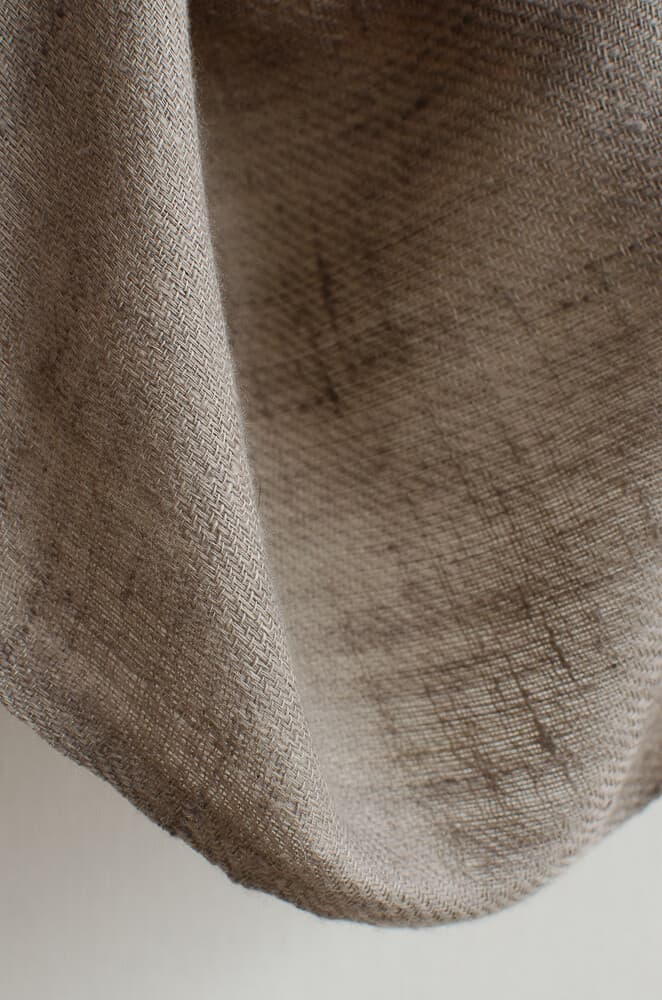What are Pashmina shawls made of?
Pashmina weaving is a Kashmiri cultural export. For ages, local craftspeople have been refining this craft. Craftsmen demonstrate a great deal of hard labor, careful effort, and enormous patience in the processing of excellent Cashmere to manufacture Pashmina shawls.
What is Pashmina?
Pashmina refers to the process of making high-quality Cashmere textiles by hand, including wraps, shawls, scarves, and stoles. Raw Cashmere is collected in Ladakh, where it is then transported to Kashmir, where it will be prepared and sent to the waiting hands of highly experienced artisans.
History of Pashmina Shawls in Kashmir:
A Persian saint named Shah E Hamdan made the journey to Kashmir in the 16th century to spread the word of God there. He was the first to find raw cashmere in Ladakh. Shah E Hamdan requested that socks be created from this wool after feeling its silky softness and smoothness. The finished socks were delivered to Zain ul Abideen, the then-king of Kashmir, because of their high quality. As a result of his own admiration, he authorized the establishment of cashmere processing facilities in Kashmir. It was around this time that the first orders were sent for Persian artisans to arrive in Kashmir and instruct the locals in the arts of spinning and weaving. In subsequent years, tourists from all over the world flocked to Kashmir. Because of the large number of Europeans who traveled to Kashmir on a regular basis, Pashmina shawls were eventually shipped all throughout Europe.
The unique qualities of Pashmina shawls:
The pashmina shawl is a popular choice among fashionable women all around the world. The famed Kashmiri Pashmina is woven from the exquisite Cashmere wool of a Himalayan goat using a time-consuming and labor-intensive method that takes years to complete. Known celebrities have been using it since the 15th century because of its unique method and a number of other factors.
How is Pashmina obtained?
Changthang, in the Ladakhi region of the Himalayas, is home to the Capra Hircus goat. Since this is the case, it is sometimes referred to as Changthangi goat. The goat is completely adapted to the harsh Ladakhi climate. However, those located at altitudes above 14,000 feet are the ones that not only thrive but also produce Cashmere. This fine, silky wool is a result of evolution in reaction to the extreme cold of the region, when winter temperatures can drop to below -40 degrees Fahrenheit. The delicate fibers of raw cashmere can be as thin as 12-16 microns in diameter, giving it a distinctive shine. Keep in mind that the normal human hair is 50 microns in diameter, so that Cashmere is only approximately a quarter as thick! Goats are combed instead of sheared to prevent fiber breaking and keep the fibers at their natural length. So, towards the end of summer, Cashmere is sent to Srinagar for processing.
Purity of Pashmina shawls:
Many merchants deal with machine-spun yarn rather than the more expensive hand-spun pashmina. The cashmere in these situations is machine spun. However, chemicals are typically added to the yarn during the machine spinning process to make it stronger. This then modifies the fiber’s inherent properties. Consequently, these Pashmina shawls aren’t as supple and don’t last as long. Pashmina shawls made from Cashmere go through a lengthy hand-washing and drying process to ensure they are particularly fine, silky, and toasty. Traditional Kashmiri hand-weaving and hand-spinning procedures give the shawls a distinct texture that sets them apart from their machine-made equivalents.
Pure Pashmina is Expensive:
Genuine Pashmina shawls can cost hundreds of dollars. Cashmere yarn is hard to come by since it is hand spun by only a small number of female workers. Fibre is very difficult to get, and supplies are sometimes inadequate to meet demand. Pashmina shawls are more expensive than other forms of winter wool because of the extensive hand labor required to produce them. Embroidered Pashmina shawls can take up to five years to create.
